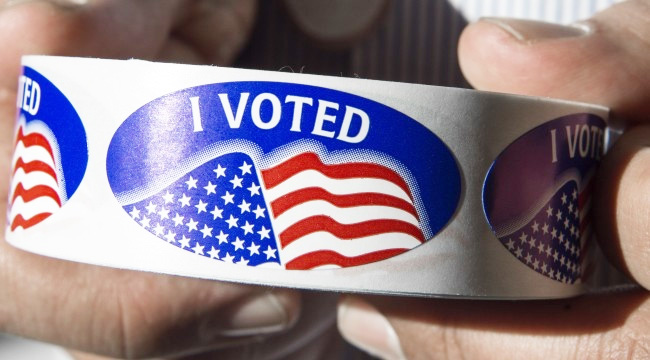
Much has been made this election season about our cybersecurity. The Democratic party has been the victim of a number of hacks, and Donald Trump has made a number of claims the election will be rigged. Although some have scoffed at this notion, a Princeton professor may have discovered a little elbow grease could make it happen.
Instead of inputting malicious codes or sifting through emails, Princeton professor Andrew Appel decided to purchase a voting machine to see just how easy it would be to hack. Appel spent $82 of his hard earned money to purchase a Sequoia AVC Advantage, which is one of the the most vulnerable electronic voting machines on the market.
With the help of some eager graduate students, Appel got to work picking the machines lock in seven seconds and installed his own firmware to see if he could manipulate a voting machine. In a mere seven minutes, he had the 250 pound machine doing his bidding. He said it was entirely possible for Russia or even a less tech-savvy group to hack an old machine like this:
“Look, we could see 15 years ago that this would be perfectly possible. It’s well within the capabilities of a country as sophisticated as Russia. Actually, it’s well within the capabilities of much less well-funded and sophisticated attackers.”
These fossils are still being used in Louisiana, New Jersey, Virginia and Pennsylvania, and have fewer security capabilities than a standard iPhone. Appel and his group were trying to show that once a hacker gets the software information, voting machines across the country could theoretically be susceptible to a major hack. It’s still up for debate if this was the type of “rigged” system Trump was talking about, but chances are, it wasn’t.
(Via Politico)
